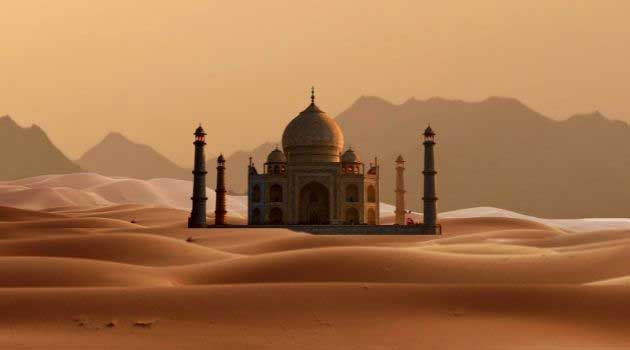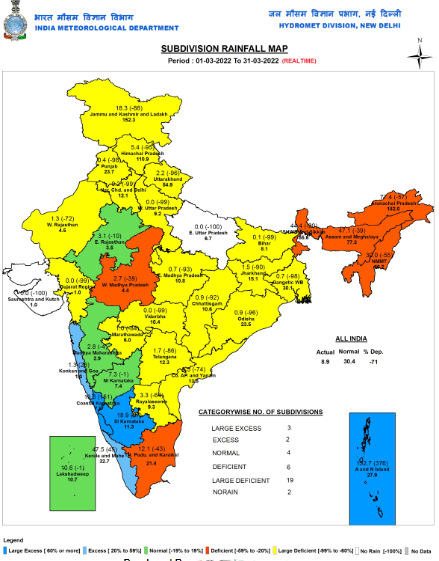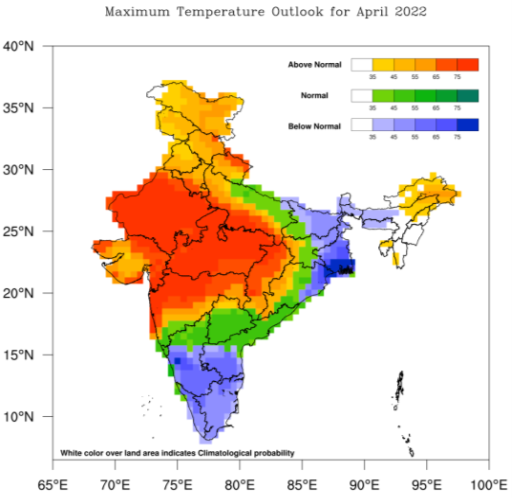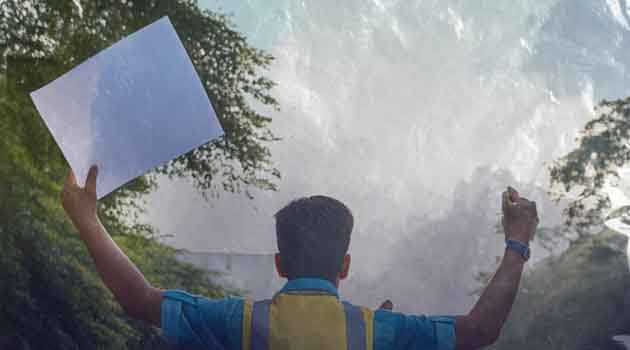India, on average, recorded its warmest March this year. North-West India recorded the hottest temperature in 122 years and Central India recorded its second-warmest March since 1901. The average maximum temperature for the whole country was 33.10°C, 1.86°C above normal.
According to the Indian Meteorological Department (IMD), due to the below normal rainfall in the Western Himalayan region, there was no moisture in the upper atmosphere which resulted in the heatwaves over the adjoining areas.
Dr. Naresh Kumar, a scientist at National Weather Forecasting Centre says, “This trend is expected to continue in the coming months as most parts of northwest and central India and some parts of northeast India are likely to experience above normal maximum temperatures.”

Global Warming and Heatwaves
Experts say that overall global warming is one of the main reasons for the heatwaves over India. The last two decades have been the hottest globally as the unusual wind patterns and rise in temperatures are leading to heatwaves.
The simultaneous heatwaves over the Arctic and Antarctica have resulted in temperature rising by 50 degrees in some parts. Scientists confirmed that an ice shelf as big as the size of Rome collapsed in Antarctica in March.
It takes a massive amount of energy to raise the temperature of Earth by even a small amount given its huge size and the heat capacity of the global oceans. The extra heat over the past few decades is resulting in reduced snow cover and sea ice, intense rainfall, and changing natural habitats.
The amount of rising temperatures that Earth will experience in the coming years depends on how much greenhouse gases like carbon dioxide are emitted into the atmosphere. Presently, the global emission of carbon is about 11 billion metric tons each year.
Where does India stand?
According to the 2021 Intergovernmental Panel for Climate Change (IPCC) report, Delhi is on its way to becoming the heat capital of the country under the worst emissions release scenario. The city is expected to experience a 5.3°C rise by the end of the 21st century.
A recent study by Risk Management Solutions, Inc. (RMSI) has revealed that several Indian cities near the sea may get submerged in the next 28 years due to rising water levels. Various areas in Mumbai, Kochi, Mangalore, Chennai, Vishakhapatnam, and Thiruvananthapuram are expected to drown by 2050 because of the rise in sea level.
Another shocking data by the Ministry of Earth Sciences reveals that more than one-third of India’s coast is eroding at varying rates. West Bengal has reported a whopping 60.5% erosion, followed by Puducherry (56.2%), Kerala (46.4%), and Tamil Nadu (42.7%). The reasons for reducing coastline include rising sea levels, cyclones, and human activities like the construction of harbours, beach mining, and building dams.
Unequal Climate Change Effects
The Oscar-winning movie Parasite (2019) showed us how rainfall is perceived as a blessing by the privileged, and a disaster by those living at the margins of society. Increasing heat-related deaths have also revealed the unequal effects of climate change.
Poorer communities do not have the means to adapt to the changing temperatures. Moreover, the majority of the people in India are engaged in farming and other outdoor labour. Such working conditions are likely to worsen the effects of heat.
A study by Climate Impact Lab predicted that change in temperatures could raise the global mortality rate by additional 73 deaths per 100,000 people in 2100. Prolonged exposure to heat is harmful to everyone but the effects of high heat and humidity are worse for women, children, and the elderly.
What can we do to decelerate the global temperature?
It is evident that if we do not act now to control global warming, there will be dire consequences for us in the future. We should encourage our family and friends to reduce their carbon emissions. We have to keep up the political pressure urging our leaders to support efforts to control carbon pollution.
Niklas Hagelberg, Climate Change Coordinator at United Nations Environment Programme (UNEP) says, “We, as individuals, must change our consumption habits and pressure those who represent us – our employers, our politicians – to move rapidly to a low-carbon world.”
Apart from obvious steps like opting for public transport and using renewable sources of energy, there are many lesser-known steps one can take to reduce the carbon footprint. We should shop local which will reduce fossil fuel emissions associated with transport and storage in addition to supporting small businesses.
Take for example the fashion industry which has emerged as one of the worst polluters of the planet. It accounts for 8-10 % of global carbon emissions- more than all international flights and maritime shipping combined. With fast fashion on the rise, majority of the discarded clothes end up in landfills. Can we buy fewer clothes and wear them longer? Recycling and repairing clothes should also be adopted on a larger scale.
On Earth Day this 2022 when the theme for the day is ‘Invest In Our Planet’, we should take time to think about the rising temperatures of Earth and take necessary action to curb the activities that lead to global warming. Else, except for the seas and the deserts, all will be lost.












